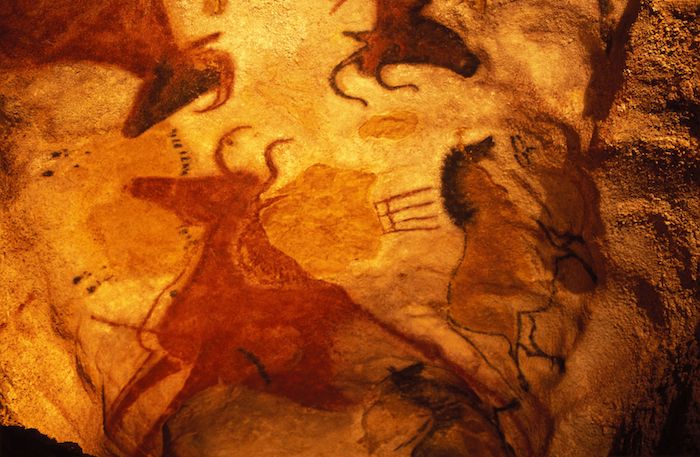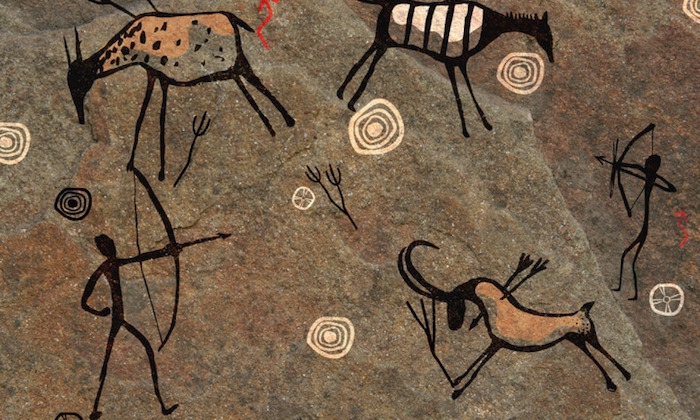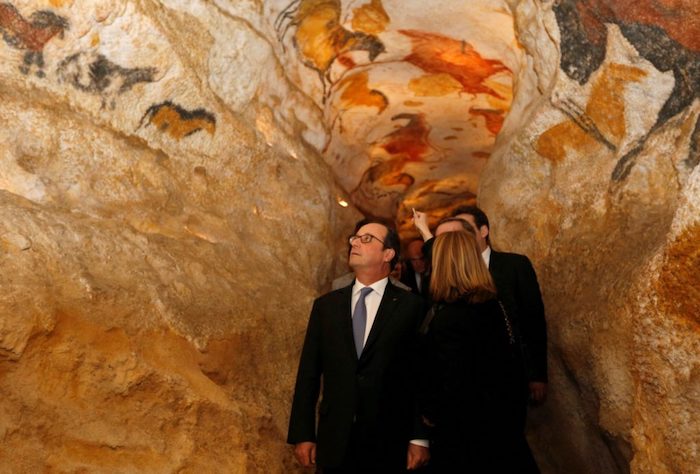Introduction:
Deep within the picturesque Dordogne region of southwestern France lies a true wonder of the ancient world – the Lascaux Cave. This remarkable subterranean sanctuary, discovered by a group of teenagers in 1940, is home to one of the most significant and well-preserved collections of prehistoric art known to humanity. The thousands of vivid paintings and etchings adorning the cave walls offer a captivating glimpse into the creative minds and spiritual beliefs of our Paleolithic ancestors, dating back an astounding 20,000 years.
As a UNESCO World Heritage Site, Lascaux Cave stands as a testament to the remarkable artistic achievements of our prehistoric forebears and a humbling reminder of humanity’s enduring creative spirit. However, this priceless cultural treasure faces ongoing threats to its preservation, underscoring the critical need to protect and conserve this irreplaceable link to our collective past. Join us as we embark on a journey through the enigmatic halls of Lascaux, uncovering the secrets and significance of this extraordinary prehistoric art gallery.

The Discovery of a Timeless Treasure
On this day in 1940, near Montignac, France, a collection of prehistoric cave paintings was accidentally discovered by four teenagers as they stumbled upon the ancient site while chasing their dog through a narrow passage into the cave. These paintings, dating back 15,000 to 17,000 years, primarily depict animal figures. They represent one of the finest examples of Paleolithic art.
Lascaux Cave, first studied by French archaeologist Henri-Édouard-Prosper Breuil, consists of a main cave that is 20.1 meters wide and 4.9 meters high. The cave walls are adorned with approximately 600 painted animals and symbols, along with nearly 1,500 engravings. These paintings intricately portray various animals such as horses, red deer, stags, cattle, cats, and even mythical creatures. Archaeologists believe the cave was used for a long time as a hunting center and a site for religious ceremonies.
As the young explorers ventured deeper into the cave, they were met with a breathtaking sight – the walls were adorned with vivid, lifelike depictions of animals, humans, and abstract symbols, all meticulously rendered in earthy tones of red, black, yellow, and brown. This chance discovery would go on to captivate the world and revolutionize our understanding of prehistoric art and culture.

The Artistic Masterpieces of Lascaux
The Lascaux Cave complex is divided into several distinct chambers, each showcasing a remarkable collection of prehistoric artworks. The main hall, known as the Great Hall of the Bulls, features the most famous and iconic of these paintings – a group of four massive, black bulls, one of which measures an impressive 17 feet in length. This awe-inspiring depiction is believed to have held deep religious or spiritual significance for the cave’s Paleolithic inhabitants.
In addition to the majestic bulls, the walls of Lascaux are adorned with a diverse array of other animal representations, including horses, deer, ibex, aurochs, and even felines. These lifelike portrayals demonstrate the remarkable observational and artistic skills of the cave’s prehistoric artists, who meticulously captured the nuances of their subjects’ anatomy and behavior.
Alongside the animal figures, the cave walls also feature numerous depictions of human forms, ranging from simple stick figures to more detailed representations. These human images, along with the presence of abstract symbols and geometric patterns, suggest that the Lascaux Cave may have served as a sacred or ceremonial site for the region’s Paleolithic inhabitants.

The Techniques and Significance of Lascaux’s Art
The artists responsible for the breathtaking artworks of Lascaux employed a variety of techniques to bring their visions to life. Many of the paintings were created using mineral pigments, such as ochre, mixed with animal fat or plant-based binders, while others were etched directly into the cave’s limestone surfaces. The use of these natural materials, combined with the unique lighting conditions within the cave, has imbued the artworks with a remarkable vibrancy and depth that has endured for millennia.
The significance of the Lascaux Cave’s artistic legacy extends far beyond its sheer aesthetic beauty. These prehistoric masterpieces offer invaluable insights into the beliefs, customs, and daily lives of our Paleolithic ancestors. The prevalence of animal imagery, for instance, suggests that the cave’s inhabitants may have been skilled hunters or revered certain animal species for their spiritual or symbolic importance.
Furthermore, the presence of abstract symbols and geometric patterns within the cave’s artworks hints at the development of complex symbolic thinking and the beginnings of a shared cultural language among Paleolithic peoples. These artistic expressions not only demonstrate the remarkable creative capacities of our prehistoric forebears but also shed light on the evolutionary origins of human cognition and artistic expression.

The Ongoing Struggle to Preserve Lascaux’s Treasures
Despite the immense cultural and historical significance of Lascaux Cave, the site has faced numerous threats to its preservation over the decades. Soon after the cave’s discovery, the influx of visitors and the use of powerful lighting systems began to take a toll on the delicate cave paintings, causing fading and the growth of harmful fungal and bacterial colonies.
In 2008, the French government was forced to take drastic action, closing the cave to the public in an effort to halt the ongoing deterioration of the prehistoric artworks. Since then, a team of dedicated scientists, conservationists, and cultural heritage specialists have been working tirelessly to develop new strategies for protecting and preserving this priceless treasure.
One such initiative has been the creation of a highly accurate facsimile of the Lascaux Cave, known as Lascaux IV. This meticulous recreation, located just a short distance from the original site, allows visitors to experience the awe and wonder of the cave’s artworks without the risk of further damaging the fragile originals. Through innovative technology and painstaking attention to detail, Lascaux IV offers a glimpse into the past while safeguarding the future of this irreplaceable cultural heritage.

Conclusion: Guardians of a Prehistoric Legacy
As we stand in awe of the timeless masterpieces adorning the walls of Lascaux Cave, we are reminded of the enduring creative spirit that has defined the human experience for millennia. These prehistoric paintings, etched into the limestone by the skilled hands of our ancestors, serve as a humbling testament to the remarkable capacities of the human mind and the profound desire to leave a lasting mark on the world.
Yet, the continued preservation of this priceless cultural treasure remains an ongoing challenge, requiring the vigilance and dedication of scientists, conservationists, and the global community. By safeguarding the legacy of Lascaux, we not only honor the artistic achievements of our Paleolithic forebears but also ensure that future generations can marvel at the timeless wonders of this prehistoric art gallery.
As we journey through the enigmatic halls of Lascaux, let us be inspired by the creativity, ingenuity, and spiritual wonder that permeate these ancient walls. For in doing so, we can forge a deeper connection to our shared human past and recommit ourselves to the vital task of preserving these irreplaceable links to our collective heritage.

